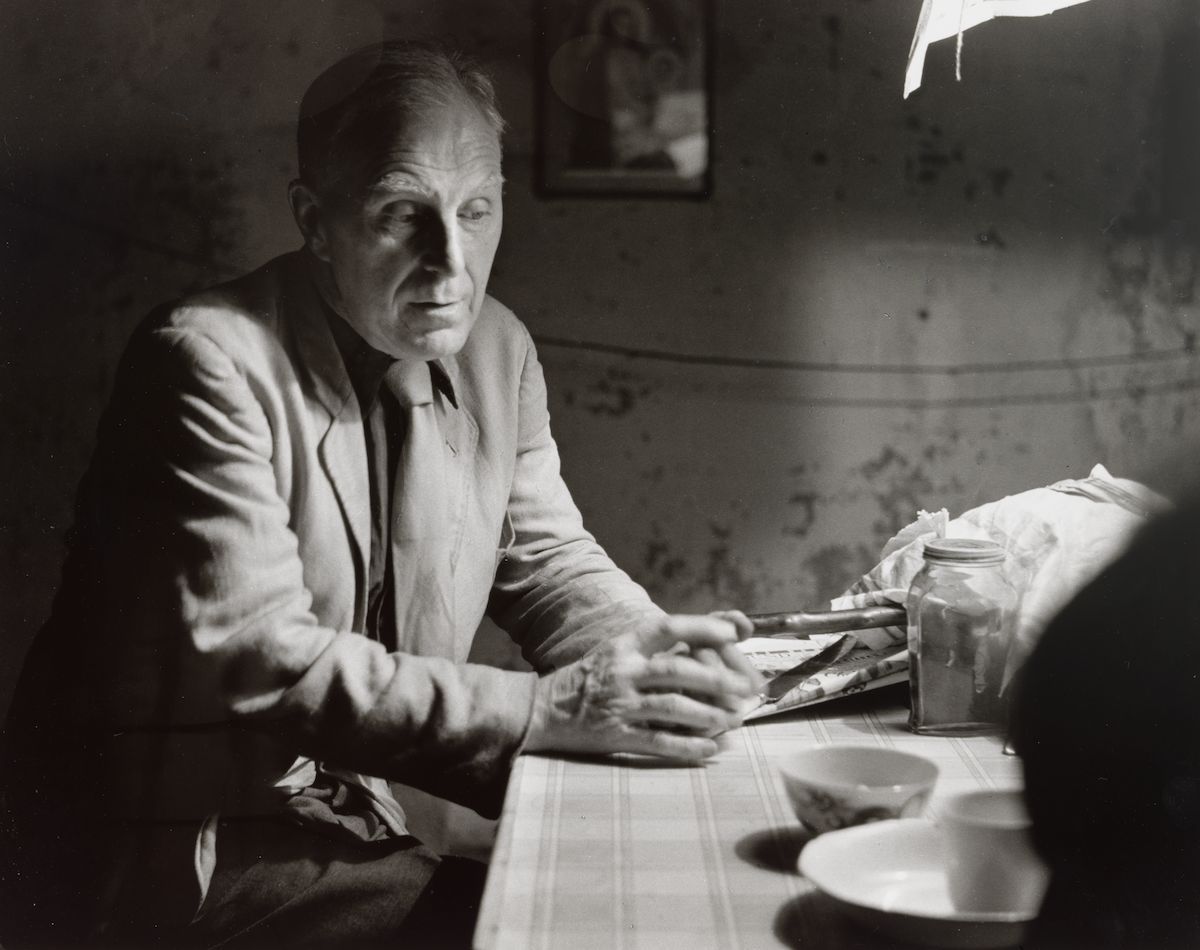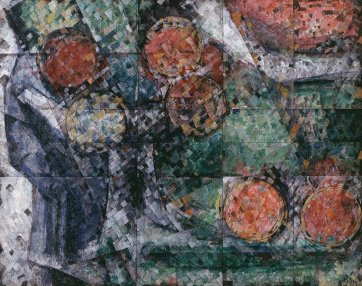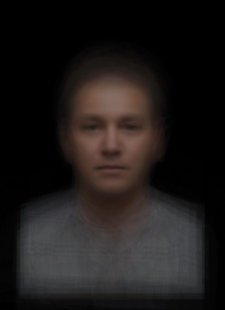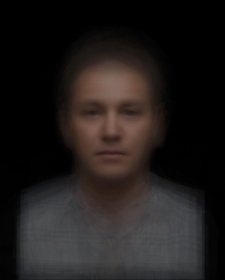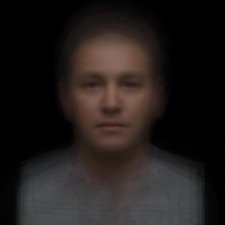In his notebooks, painter Godfrey Clive Miller (1893-1964) reiterated the phrase: ‘In drawing we see that what we see is not real.’ He suggested that our objective physical reality was but the outward sign of a deeper truth that he often referred to as ‘unity’.
With an abiding interest in Eastern philosophy, science and mathematics, for Miller making drawings and paintings was a way to analyse the nature of form itself. A prolific but deliberate artist, Miller created hundreds of paintings and drawings and some sculptures across figurative, landscape and still-life genres.
Miller was born in Wellington, New Zealand. He took drawing classes as a high-school student and from age seventeen studied design at the Dunedin Technical School and worked as an apprentice draftsman and carpenter. In 1914 at age twenty-one he enlisted as an Army private and as a signalman at Gallipoli in 1915 was severely wounded by gunshot to his upper right arm. He was hospitalised for six weeks in the New Zealand General Hospital at Pont de Koubbeh, Egypt before returning to his family in Dunedin in 1916. In 1918 Miller moved to Melbourne where he enrolled at the National Gallery Art School before travelling to Manila, Hong Kong, Japan and China. In 1929 he moved to London where he studied at the Slade School of Art and sat in on philosophy seminars at the University College. In the early 1940s he shared his time between Sydney and New Zealand, becoming an art teacher at the East Sydney Technical College from 1948 until his death.
In 1959 Godfrey Miller was honoured with a survey exhibition at Melbourne’s National Gallery of Victoria. Writing in response to the exhibition the art critic Alan McCulloch described Miller’s paintings as representing ‘a poetic unity of dissolving volumes, a constant flow of movement in space and a serene yet vibrant picture structure’. Miller’s Still life c.1950 is typical of his painting style in its faceted and refracted planes, sense of vibration and suggestion of the interconnectedness of form and space. It was painted around the time that the portrait photograph was taken.
Kerry Dundas shot the photograph in 1949 in Miller’s studio in Sydney, using available light and a 1934 vintage Rolleiflex camera. Dundas, born in Sydney in 1931, recalls that ‘Godfrey was a very private man, somewhat of a recluse; I had much trepidation about intruding with a camera upon his privacy’. Dundas developed an interest in photography as a school student and worked with Max Dupain in the 1950s. In the 1960s as a photojournalist in the UK he was drawn to subjects of social upheaval such as the Notting Hill Gate riots. He returned to Sydney in 1967 and was appointed photographer at the Art Gallery of New South Wales in 1972. Over the course of his career he photographed many artists and his portrait of Miller was used as the frontispiece to Deborah Edwards’s book Godfrey Miller, published for the posthumous survey exhibition of Miller’s work at the Art Gallery of New South Wales in 1996. The photograph is one of a group of photographic portraits generously donated to the National Portrait Gallery by collector of Australian photography Richard King.
